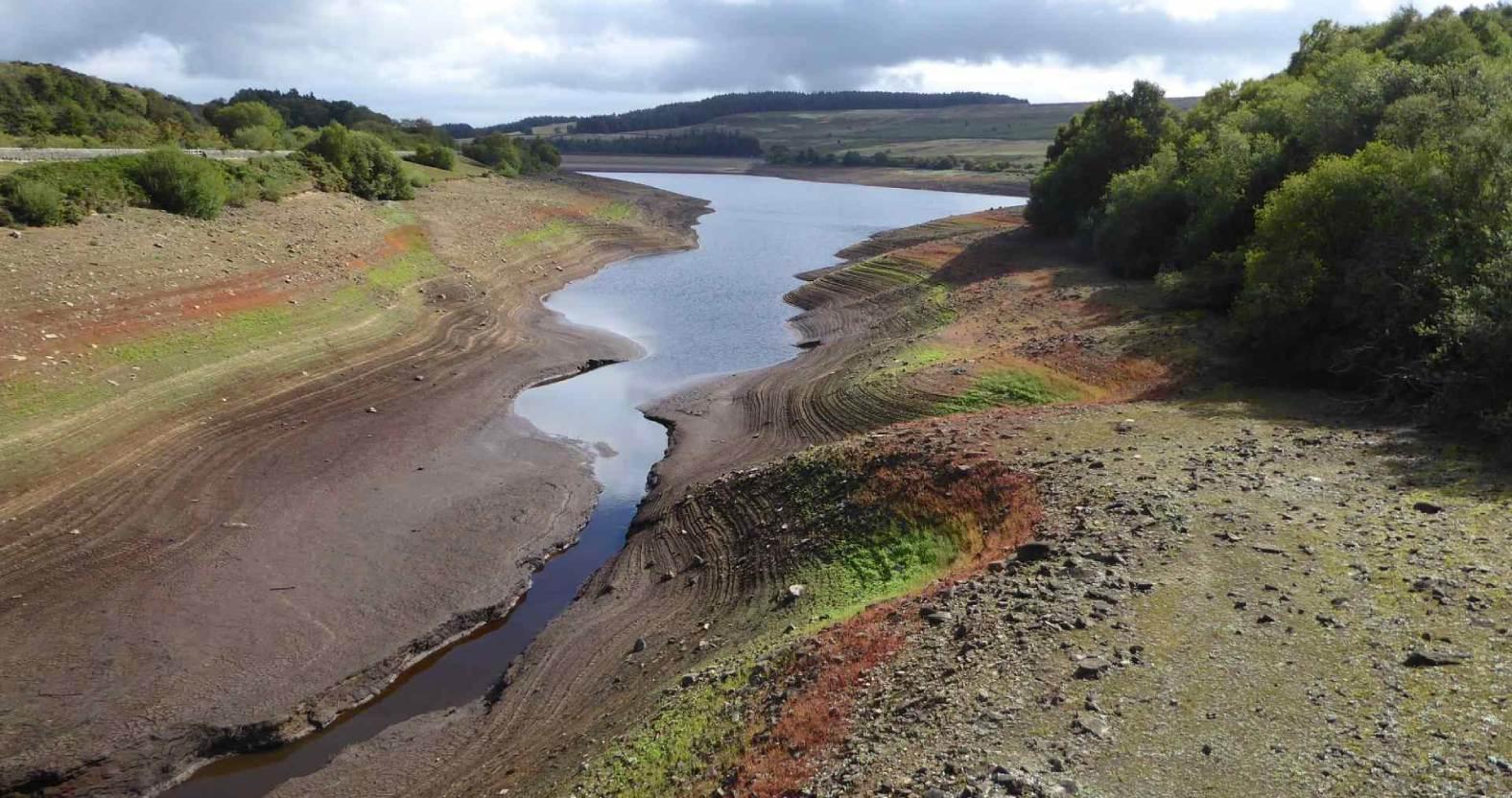Subscribe to trusted local news
In a time of both misinformation and too much information, quality journalism is more crucial than ever. By subscribing, you can help us get the story right.
- Subscription costs less than £1 a week with an annual plan.
Already a subscriber? Log in here.
17
Oct
Environment Agency issues drought permits for six local reservoirs

The volume of water flowing in the rivers Nidd, Ure and Wharfe could fall this autumn, after the Environment Agency issued a further six drought permits to Yorkshire Water.
Yorkshire Water’s current licences require it to release a certain amount of water from the reservoirs to maintain the health of the rivers.
The drought permits allow the company to reduce the amount of water released, retaining more in its reservoirs to supply public drinking water.
The six permits, which last for six months, are for Beaver Dyke and Scargill reservoirs in the Oak Beck catchment area west of Harrogate, Thruscross and Lindley Wood reservoirs in the Washburn Valley, Leighton reservoir in the River Ure catchment west of Masham, and Lumley Moor reservoir in the River Laver catchment west of Ripon.
Oak Beck flows into the River Nidd, the Washburn is a tributary of the River Wharfe, and the Laver flows into the River Ure at Ripon.
The Environment Agency has already granted Yorkshire Water 37 permits for reservoirs in other parts of Yorkshire.
Reservoirs half-empty
The permits have been issued because even though the longest dry spell on record has now more or less ended – September saw reservoir levels rise for the first time in eight months – stocks have not yet been replenished to acceptable levels.
In September, Yorkshire Water’s reservoirs were only 46% full – in stark contrast to the 82% average over the last couple of years.
Over the autumn and winter months the weather is usually wetter, but this is not guaranteed.
Claire Barrow, Yorkshire drought manager for the Environment Agency, said:
Although we expect to see more wet weather over the autumn and winter, it will take significant rain over several months to refill rivers and reservoirs, without which water supplies will continue to decline.
These additional permits will allow Yorkshire Water to retain their reservoir stocks for longer, so protecting that level of public supply.
We only issue a permit if we are content that there are clear plans in place to mitigate any impact on the environment, along with strong evidence from Yorkshire Water of their ongoing commitment to reduce leaks and improve water efficiency.
Over the autumn and winter, we will continue to work closely with Yorkshire Water as it develops the long-term solutions necessary to protect water resources while drought conditions continue across Yorkshire.
Yorkshire officially moved to drought status on June 12, following six months of below-average rainfall combined with high temperatures.
To reduce unnecessary use of water and protect customer supplies and the environment, Yorkshire Water’s customers have been subject to a Temporary Use Ban – better known as a hosepipe ban – since July 11.
Yorkshire Water will need to inform the Environment Agency in advance of using any of the permits. It will also need to carry out monitoring and mitigation to assess and manage potential environmental impacts.
0